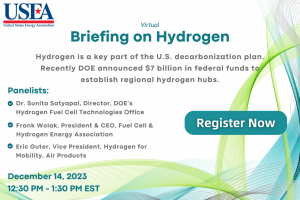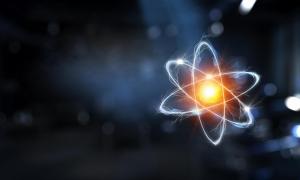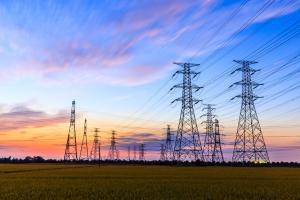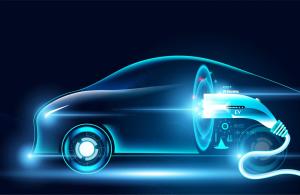February 15th, 2024
The energy sector continues to face the challenges of supply chain issues- from shortages of products, raw materials, and two to three year delays in obtaining finished products essential to the energy sector. This 90 minute remote meeting featuring opening remarks from USEA's Andrew Palmateer and moderated by Theresa Pugh offers insight into mining, oil & gas production, electric utility growth and product replacements that have been delayed at generation, distribution, bulk electric and transmission.
May 30th, 2023
Something big is happening in the electric utility space: artificial intelligence is moving in -- and it is on its way to becoming a transformative force. The Electric Power Research Institute and most of the national laboratories, from Argonne in Chicago to Pacific Northwest in Seattle, are predicting major impacts on utility operations. The World Economic Forum predicts AI usage will grow 20-fold between now and 2030.
May 4th, 2023
Sometime between now and the decade’s end, the nation’s electric utilities will begin to contend with a surge. That is when electric vehicles (EVs) will begin arriving in numbers large enough to tax the edge of the grid and to have utilities scrambling for ways of accommodating the new demand in peak hours.
S&P Global projects that 40 percent of new car sales in 2030 will be electric; other studies’ projections go as high as 50 percent.









